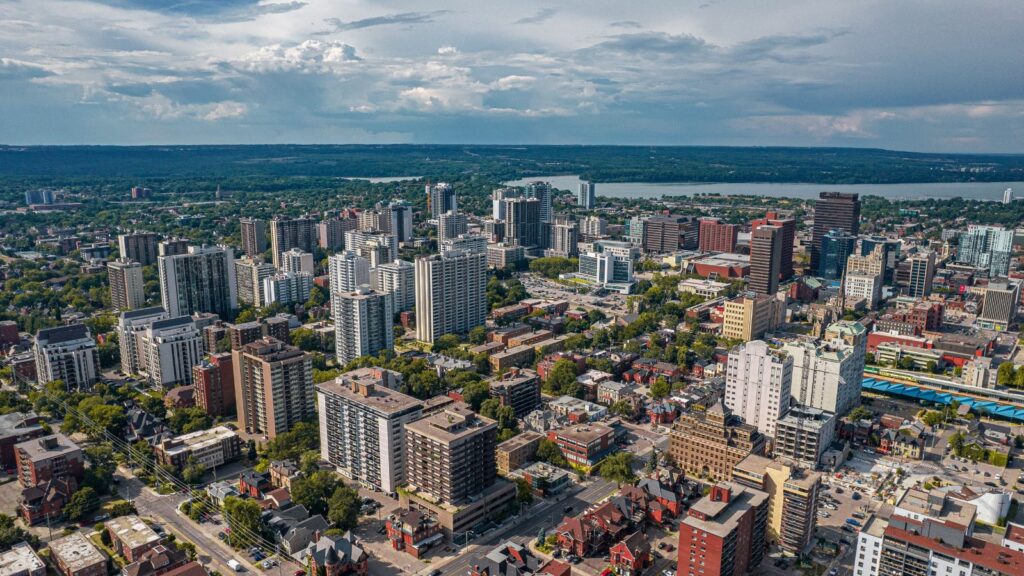Rising housing prices have made it increasingly challenging for first-time buyers to enter the Canadian real estate market, particularly in major urban centres like Toronto and Vancouver. However, there are still cities across the country where affordability, quality of life, and growth potential align. Here are 25 Canadian cities where first-time buyers still have a chance.
Fredericton, New Brunswick
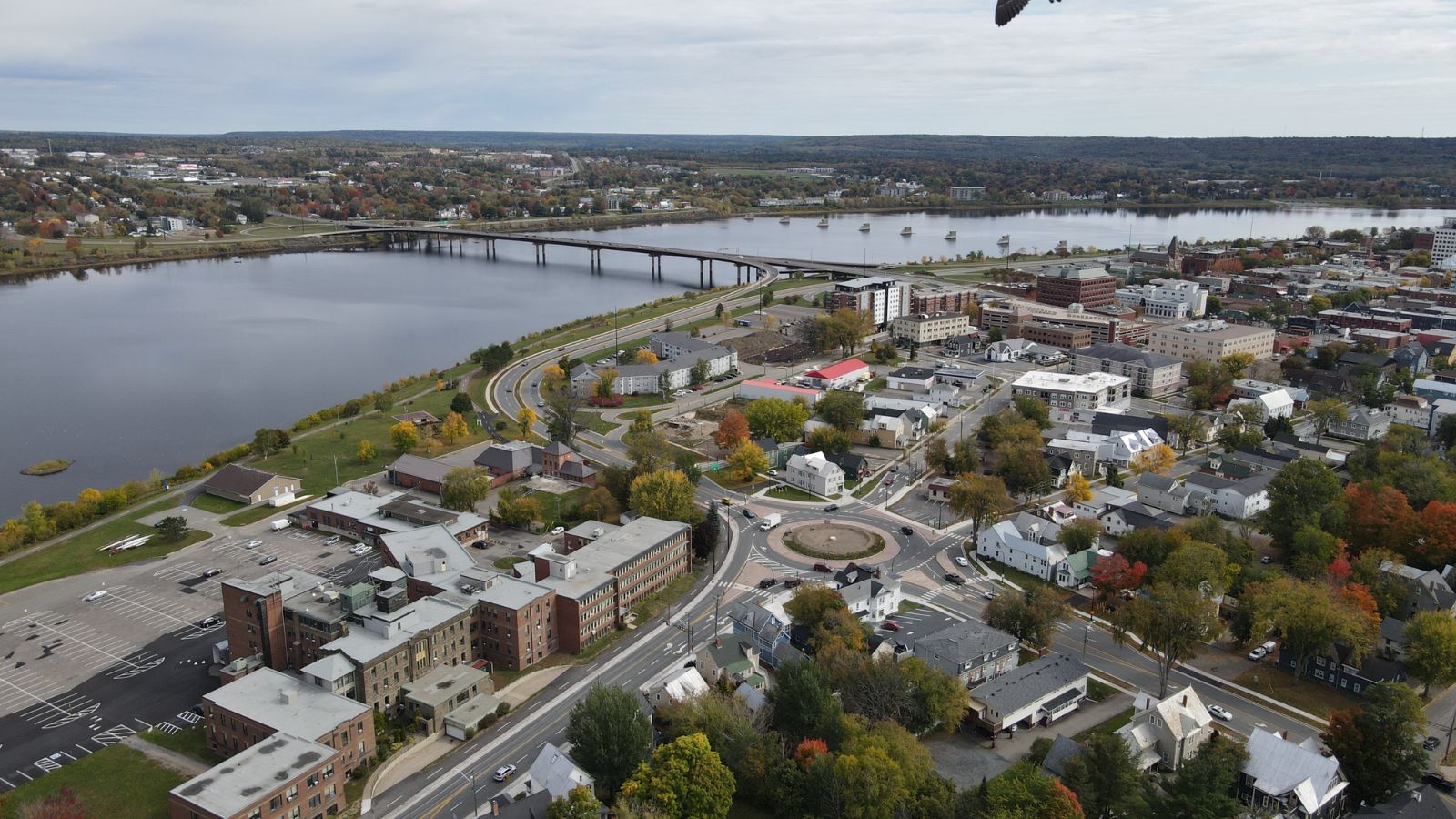
Fredericton offers first-time buyers an affordable entry into homeownership, with average home prices around CA$330,000 in early 2025. The city combines small-town charm with urban amenities, including a vibrant arts scene and access to quality education through the University of New Brunswick. Its growing job market in government, education, and technology sectors supports economic stability. Property taxes remain moderate, and the city’s walkable downtown and riverfront add to its appeal. With lower housing costs compared to many Canadian cities, Fredericton allows buyers to purchase larger properties or newer homes without stretching their budget.
Saint John, New Brunswick

Saint John stands out for having some of the lowest home prices in Canada, averaging near CA$300,000 in 2025. As a coastal city on the Bay of Fundy, it offers scenic views and a unique mix of historic charm and modern infrastructure. The cost of living is below the national average, and residents benefit from a growing tourism sector alongside stable employment in energy, shipping, and manufacturing. First-time buyers can find detached homes and townhouses within budget, often with larger lots than in bigger cities.
Moncton, New Brunswick
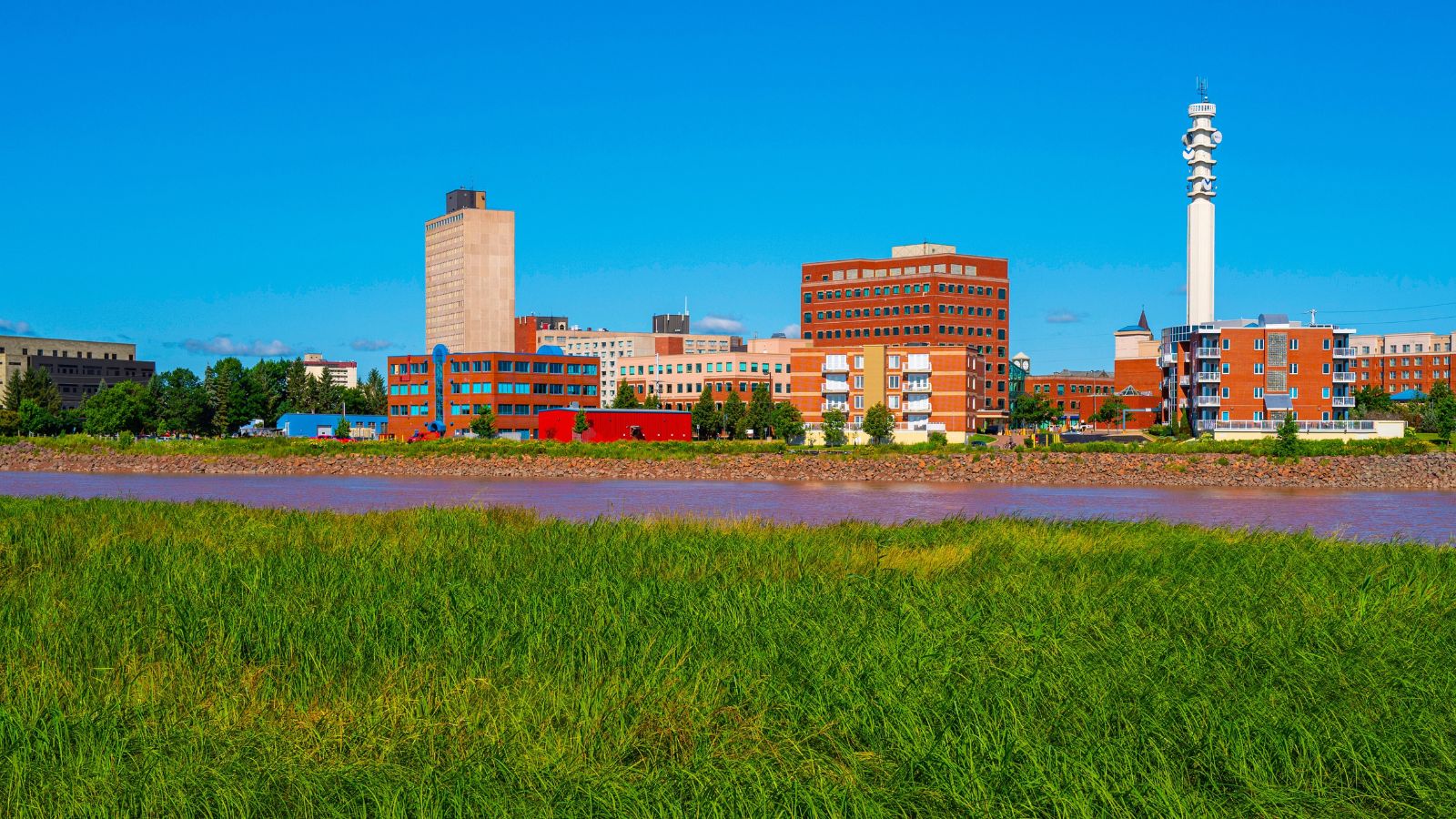
Moncton has rapidly become one of Atlantic Canada’s fastest-growing cities, yet it remains affordable, with average home prices around CA$340,000 in early 2025. Known as a bilingual hub, Moncton offers employment in transportation, education, finance, and health care. The city’s central location in the Maritimes makes it an ideal base for work and travel. First-time buyers can choose from a variety of housing options, including modern condos, family homes, and suburban developments. With low property taxes, a strong rental market, and a vibrant downtown, Moncton provides both affordability and investment potential.
Calgary, Alberta

Calgary offers a rare balance of big-city opportunities and housing affordability, with average home prices around CA$570,000 in early 2025, well below Toronto and Vancouver levels. The city’s strong economy, driven by energy, technology, and financial services, provides diverse employment options. First-time buyers can find everything from downtown condos to family homes in growing suburbs. Calgary’s lack no provincial sales tax helps keep living costs manageable. With proximity to the Rocky Mountains, an active cultural scene, and significant infrastructure investment, the city combines lifestyle appeal with steady property value growth.
Edmonton, Alberta
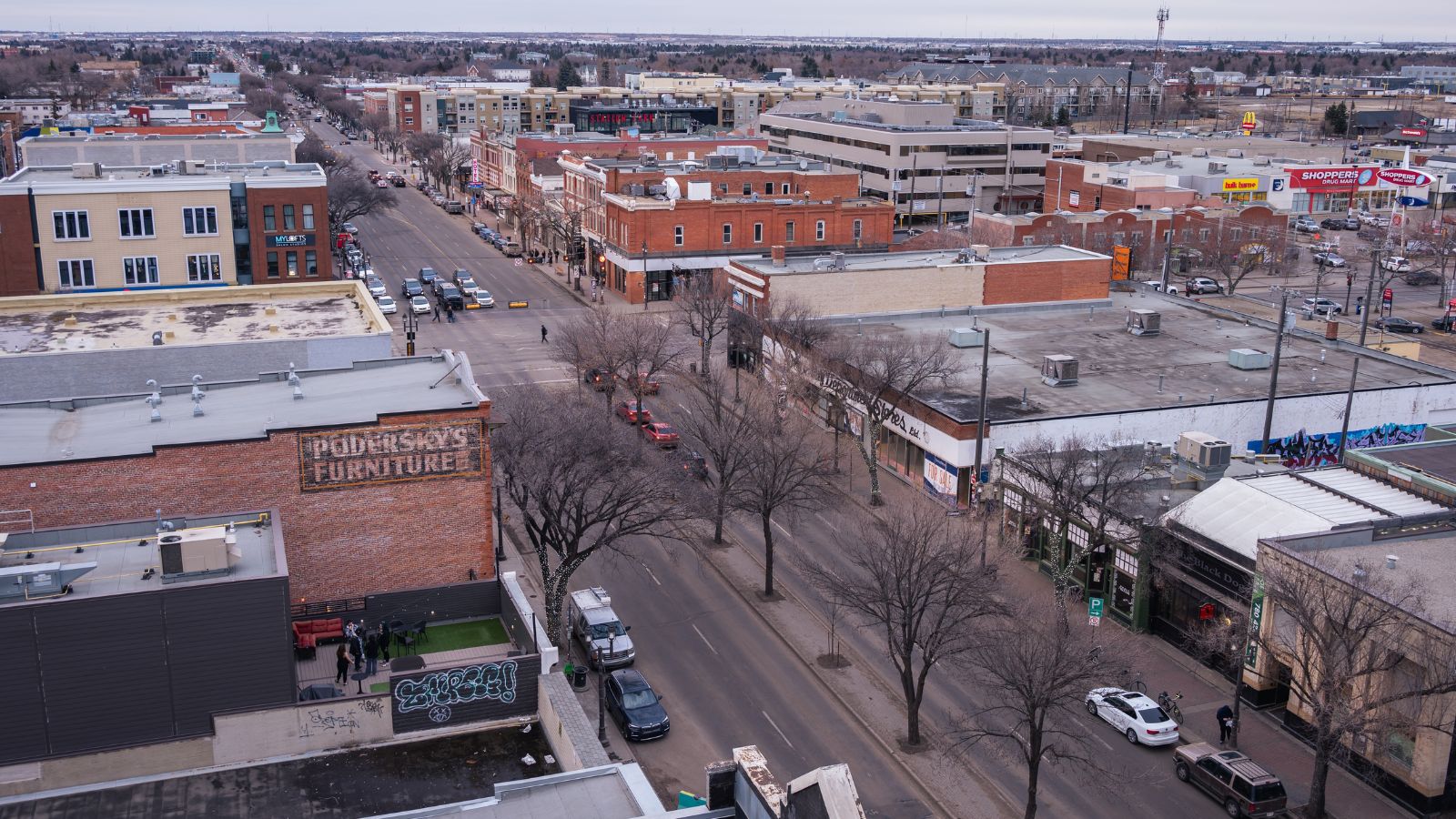
Edmonton is one of Canada’s most affordable major cities, with average home prices near CA$420,000 in 2025. Known for its extensive park system and thriving arts community, Edmonton offers a high quality of life without the high housing costs found in other urban centres. The city’s economy spans energy, manufacturing, health care, and education, providing stable job opportunities. First-time buyers benefit from a wide range of property types, from modern condos to detached homes in established neighbourhoods. Lower housing prices, combined with Alberta’s absence of a provincial sales tax, give Edmonton buyers more purchasing power and long-term affordability potential.
Saskatoon, Saskatchewan
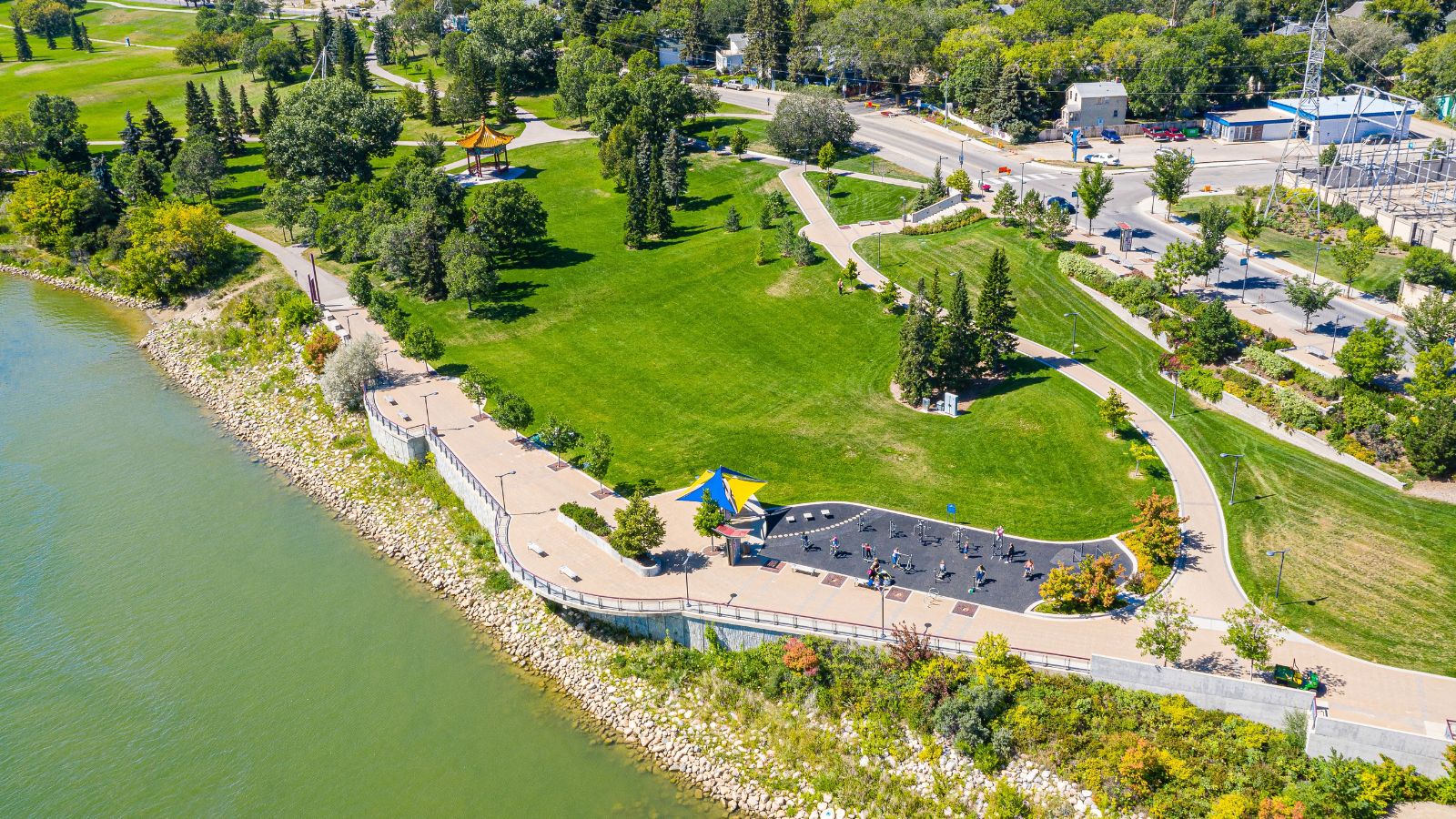
Saskatoon offers a balanced mix of affordability and growth potential, with average home prices around CA$380,000 in early 2025. The city’s economy is supported by agriculture, mining, technology, and education, anchored by the University of Saskatchewan. First-time buyers can choose from new suburban builds, character homes, and riverside condos. Saskatoon’s steady population growth and infrastructure improvements suggest a healthy real estate outlook. With a lower cost of living compared to many Canadian cities, buyers can secure spacious properties without overextending financially.
Winnipeg, Manitoba
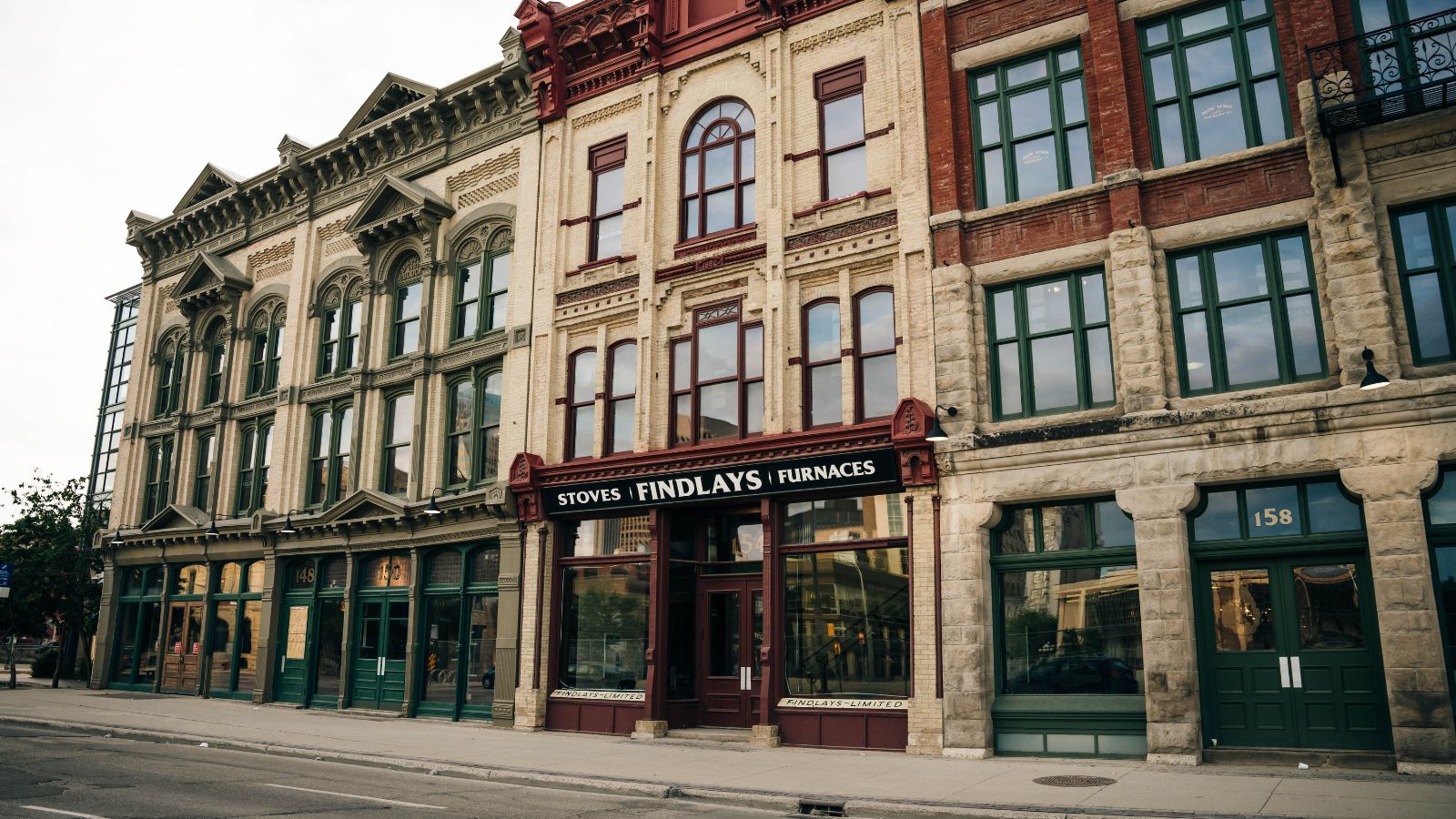
Winnipeg remains one of Canada’s most affordable urban housing markets, with average prices near CA$360,000 in 2025. The city’s diverse economy includes manufacturing, transportation, finance, and education, offering a stable job base for residents. First-time buyers can find detached homes, bungalows, and modern condos within budget across established and emerging neighbourhoods. Winnipeg’s central location provides easy travel to other parts of Canada, while its vibrant arts and sports scenes enhance the quality of life.
St. John’s, Newfoundland and Labrador

St. John’s combines a vibrant cultural scene with one of Canada’s most affordable housing markets, averaging around CA$320,000 in early 2025. The city offers first-time buyers diverse property options, from historic row houses to modern suburban homes. Its economy is supported by the energy, fishing, and tourism sectors, providing stable employment opportunities. Residents enjoy colourful architecture, coastal landscapes, and a strong sense of community. Lower housing costs compared to other provincial capitals allow buyers to secure more space or upgraded amenities. With steady infrastructure improvements and affordable living expenses, St. John’s remains an attractive choice for new homeowners.
Rideau St. Lawrence Region, Ontario
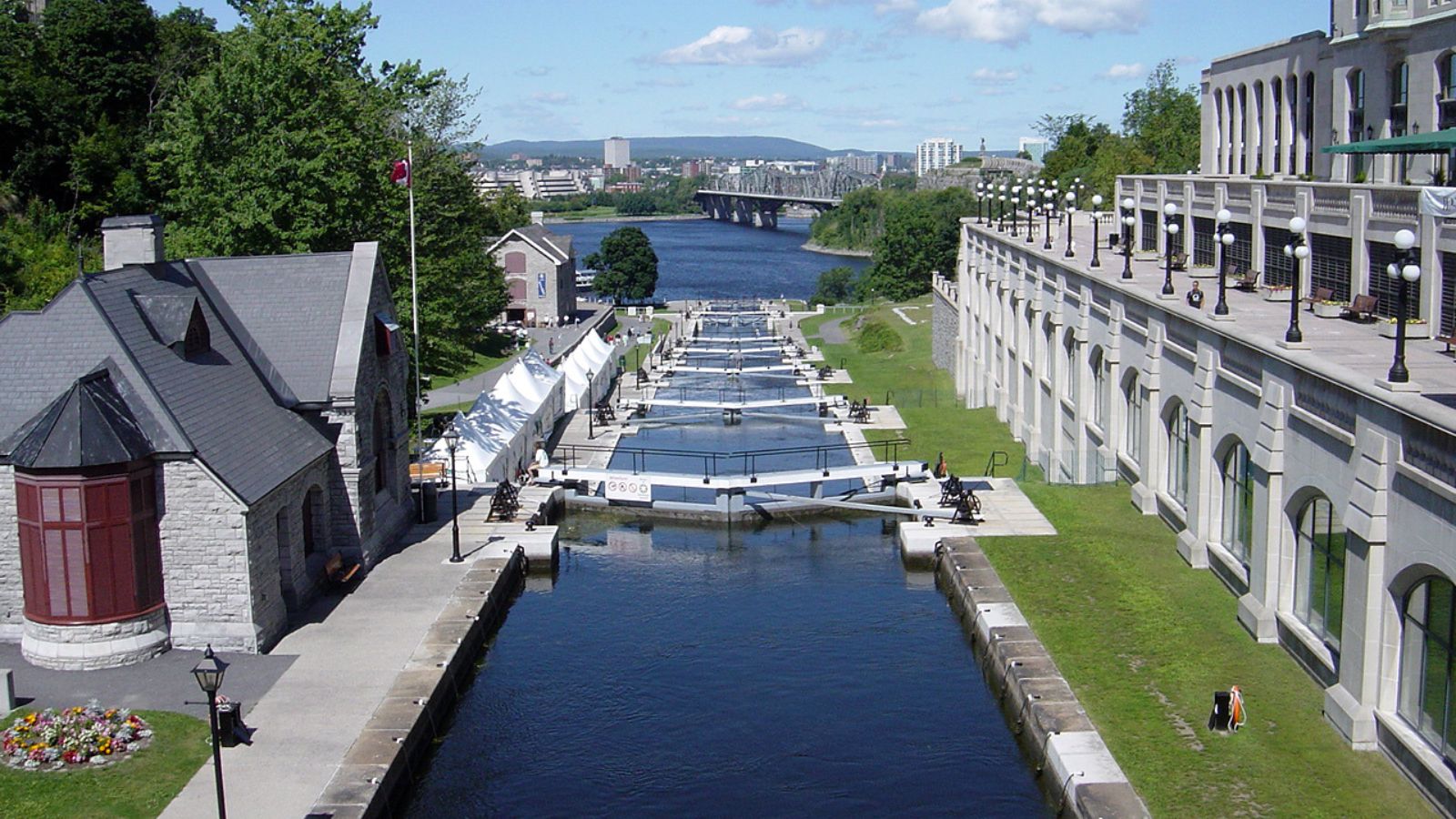
The Rideau St. Lawrence Region, spanning smaller towns between Ottawa and Kingston, offers first-time buyers affordable home prices averaging CA$400,000 in 2025. Known for its scenic waterways, historic charm, and relaxed pace of life, the area appeals to those seeking a balance between rural and urban living. Buyers can find detached homes and waterfront properties at prices significantly below larger Ontario markets. Commuting to Ottawa or Kingston is possible for work, making the region a strategic choice for affordability and accessibility. Lower property taxes and strong community ties make this region an excellent option for those entering the housing market.
Ottawa, Ontario

Ottawa offers a balanced housing market with average prices around CA$650,000 in early 2025, still lower than Toronto and Vancouver. As Canada’s capital, it provides a strong job market anchored by government, technology, and education sectors. First-time buyers can choose from condos, townhouses, and single-family homes across diverse neighbourhoods. The city’s extensive green spaces, cultural institutions, and bilingual environment enhance its livability. While prices are higher than in rural Ontario, Ottawa’s stable economy and slower price increases make it a safer long-term investment. Federal incentives for first-time buyers add to its appeal, making Ottawa an accessible yet dynamic market to enter.
Kingston, Ontario
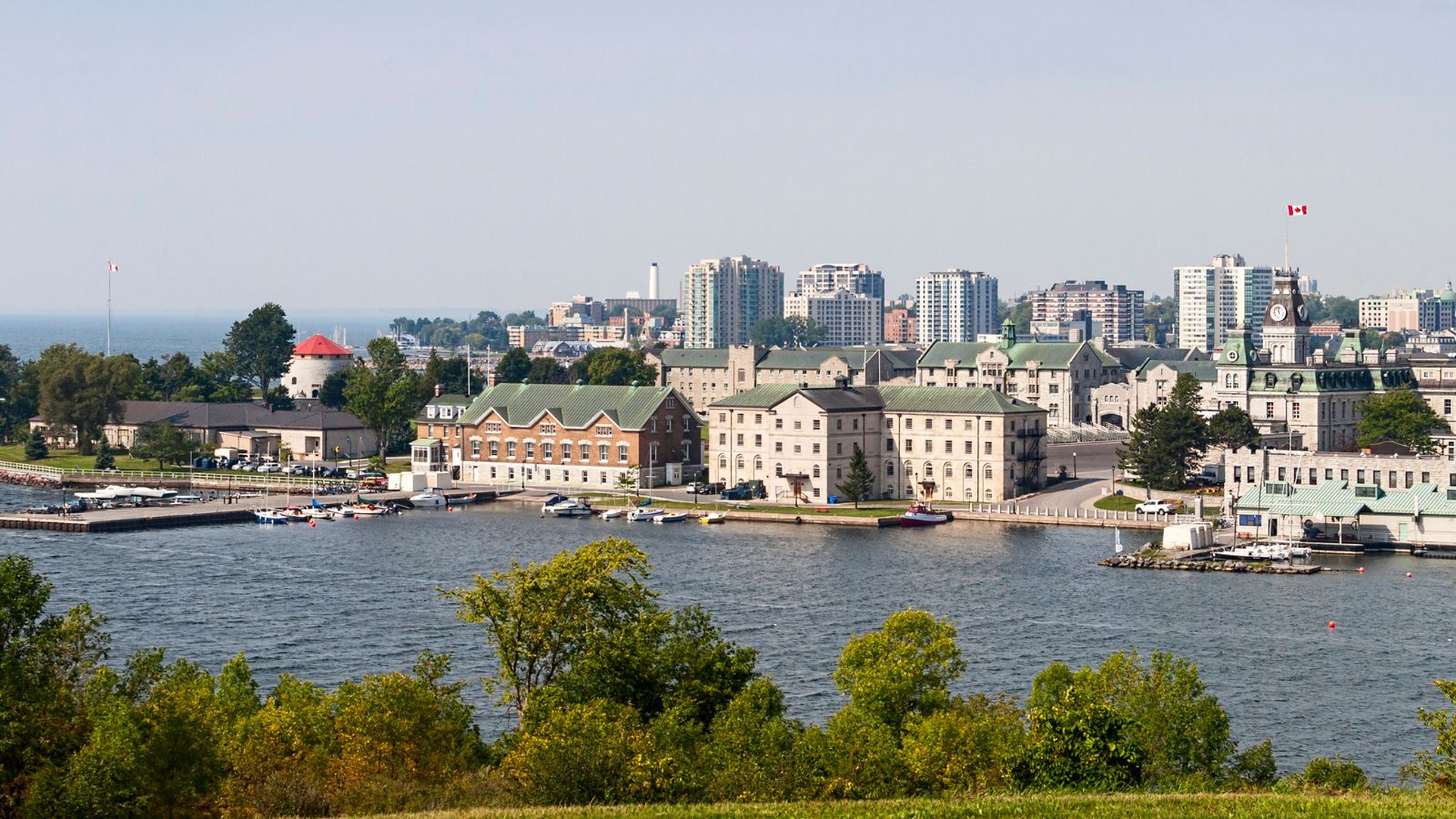
Kingston offers first-time buyers a mix of historic character and modern amenities, with average home prices near CA$550,000 in 2025. Its location on Lake Ontario provides scenic living, while Queen’s University and several health care institutions support a stable local economy. Buyers can choose from heritage homes, new builds, and waterfront condos. Kingston’s compact size makes it easy to navigate, and its cultural scene is strong for a mid-sized city. Housing prices, while rising, remain more affordable than in larger Ontario cities. With a balance of affordability, lifestyle quality, and investment potential, Kingston stands out for new homeowners.
Thunder Bay, Ontario
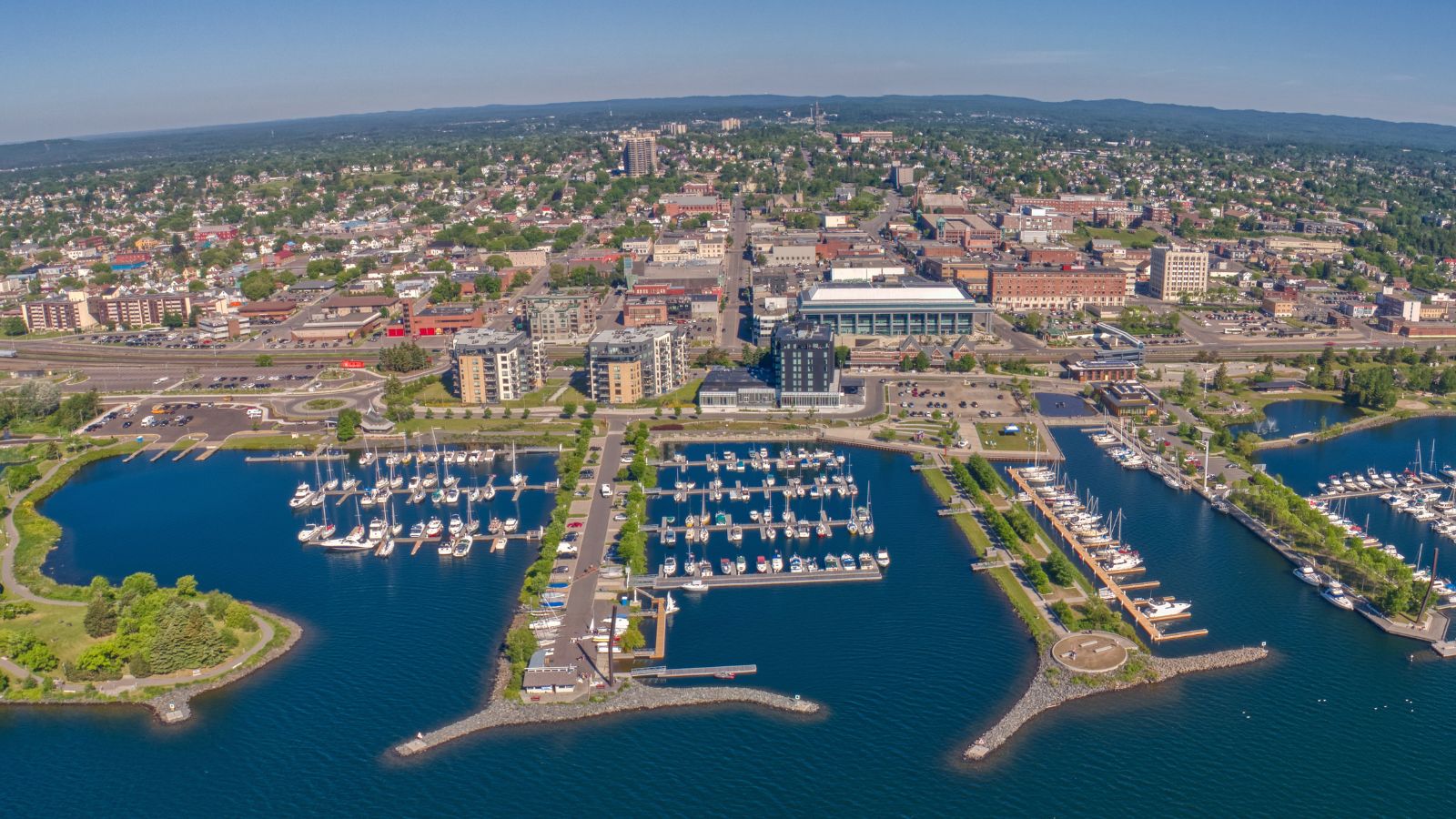
Thunder Bay is one of Ontario’s most affordable housing markets, with average prices around CA$330,000 in early 2025. The city’s economy is supported by transportation, manufacturing, education, and health care. First-time buyers can find spacious detached homes, bungalows, and townhouses at prices well below the provincial average. Thunder Bay offers a relaxed lifestyle with easy access to nature, including Lake Superior and nearby parks. The cost of living is lower than in southern Ontario, allowing homeowners to allocate more funds toward savings or upgrades.
Trois-Rivières, Quebec

Trois-Rivières offers affordable housing with average prices near CA$310,000 in 2025, making it one of Quebec’s most accessible markets for first-time buyers. Located between Montreal and Quebec City, it benefits from a strategic location and a strong manufacturing and education base. Buyers can find single-family homes, duplexes, and condos at competitive prices. The city’s riverside setting, cultural festivals, and historic architecture add to its charm. Lower property taxes and a manageable cost of living make homeownership more attainable.
Quebec City, Quebec

Quebec City offers first-time buyers a mix of affordability and cultural richness, with average home prices around CA$400,000 in early 2025. The city’s economy is supported by tourism, public administration, and technology sectors, providing diverse employment opportunities. Buyers can choose from heritage homes, modern condos, and suburban developments. Its historic charm, UNESCO-listed Old Town, and French-language environment make it unique among Canadian cities. Property values have grown steadily but remain lower than in Montreal, offering good long-term investment potential.
Sherbrooke, Quebec
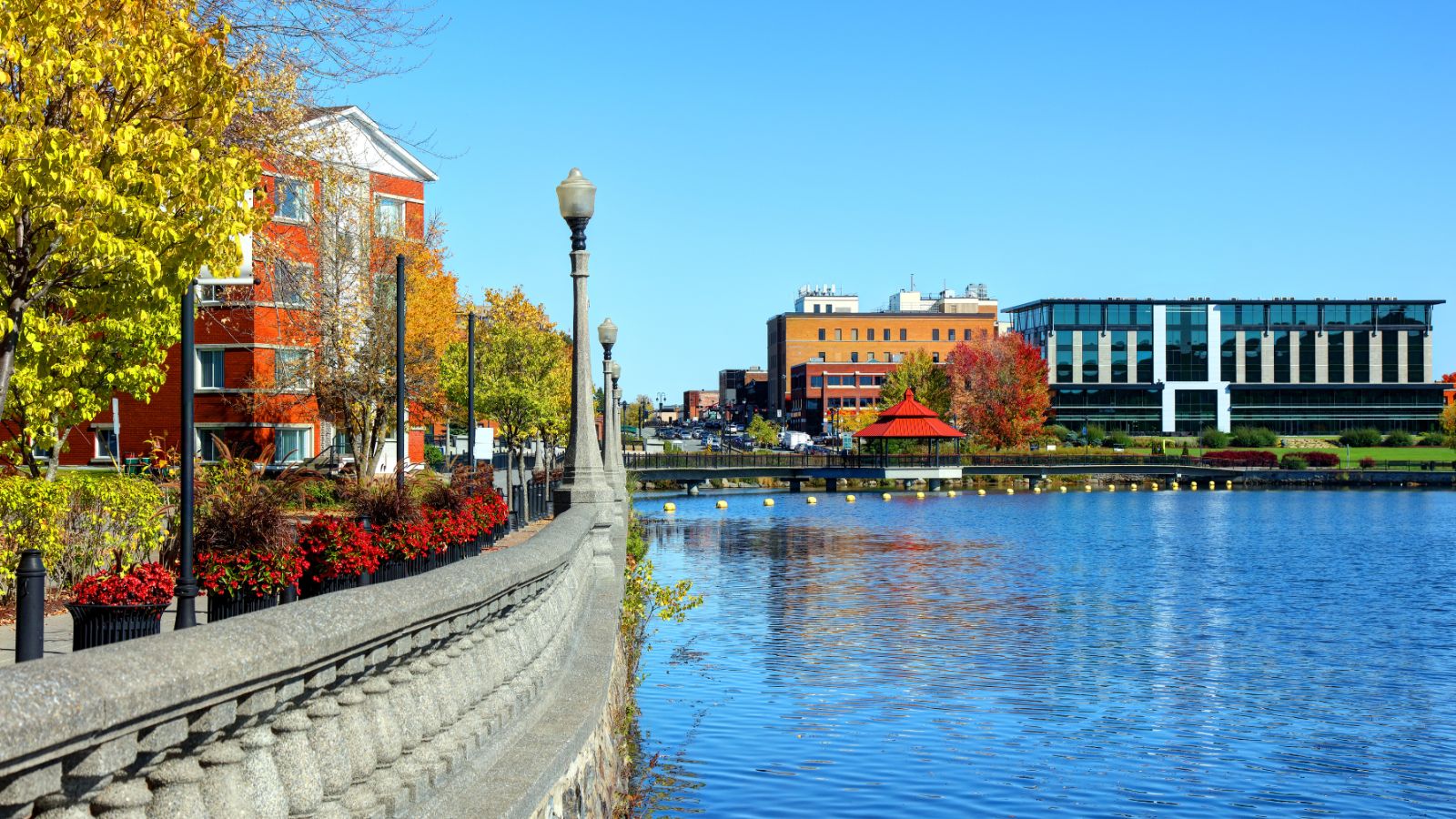
Sherbrooke offers an affordable entry into homeownership, with average prices around CA$350,000 in 2025. As one of Quebec’s major university cities, it has a youthful energy and a steady rental market, which can appeal to buyers considering future investment income. The economy is supported by education, manufacturing, and health care, providing job stability. Housing options range from downtown condos to suburban single-family homes, often at lower prices than in Montreal. Sherbrooke’s proximity to nature, including ski resorts and lakes, adds lifestyle appeal.
Gatineau, Quebec
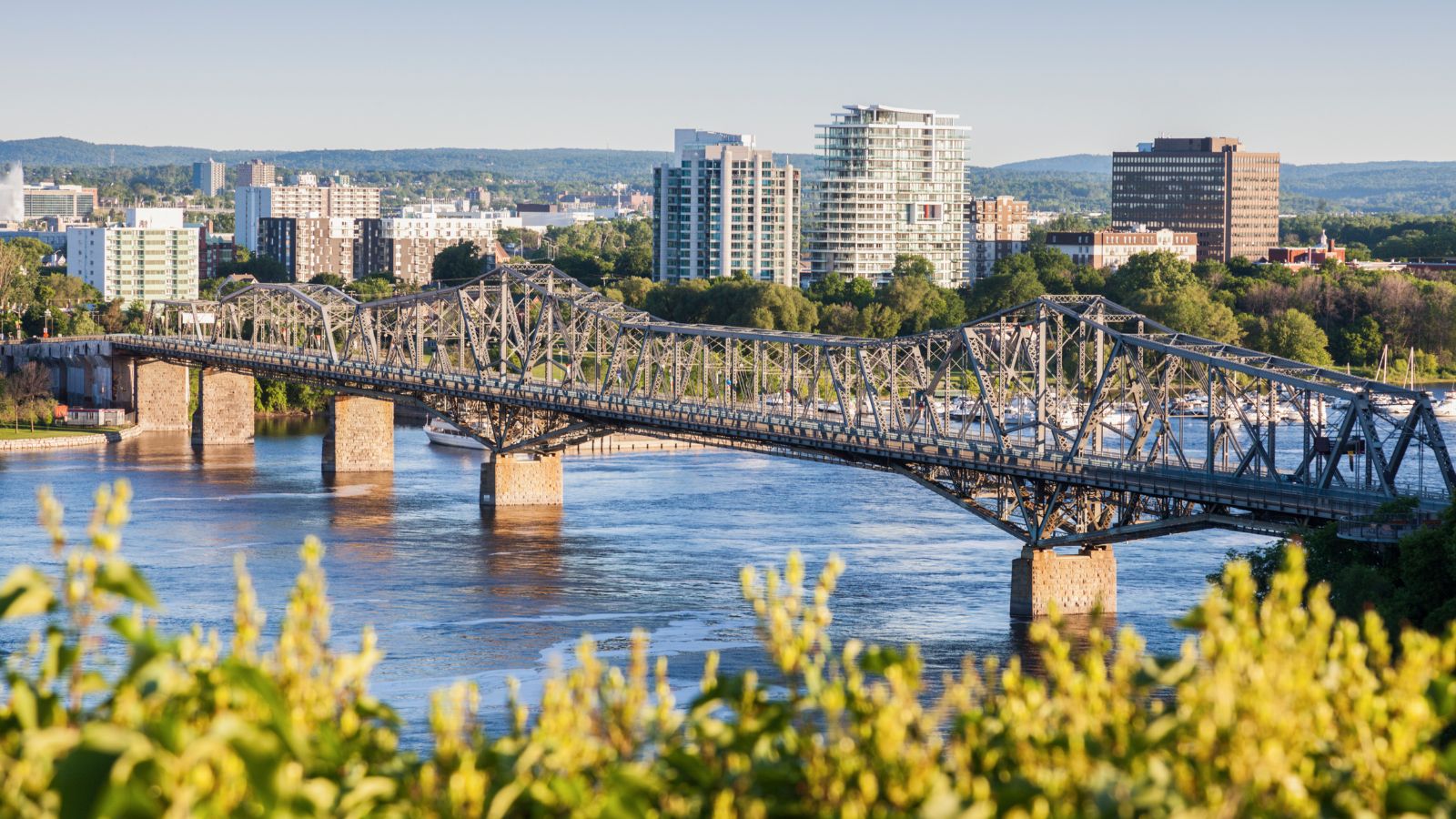
Gatineau remains a strong choice for first-time buyers, with average prices near CA$450,000 in 2025, well below Ottawa’s across the river. The city benefits from easy commuting to the capital and lower property taxes. Federal government jobs, technology, and the education sectors anchor its economy. Buyers can find townhouses, condos, and single-family homes in neighbourhoods with strong community infrastructure. Gatineau offers access to the Gatineau Park for outdoor recreation and a bilingual cultural environment. For those priced out of Ottawa but seeking similar amenities and employment access, Gatineau provides a more affordable and strategic homebuying opportunity.
Red Deer, Alberta

Red Deer offers affordable housing with average prices around CA$350,000 in 2025, making it appealing for first-time buyers. Located between Calgary and Edmonton, it benefits from excellent transportation links and lower living costs. The economy is supported by manufacturing, agriculture, and oil services. Buyers can choose from modern townhomes, detached houses, and rural properties at prices significantly below Alberta’s larger cities. Red Deer’s investment in parks, schools, and recreation facilities enhances its livability. With steady population growth and an affordable market, it presents an opportunity for buyers to enter homeownership without overextending financially.
Brandon, Manitoba
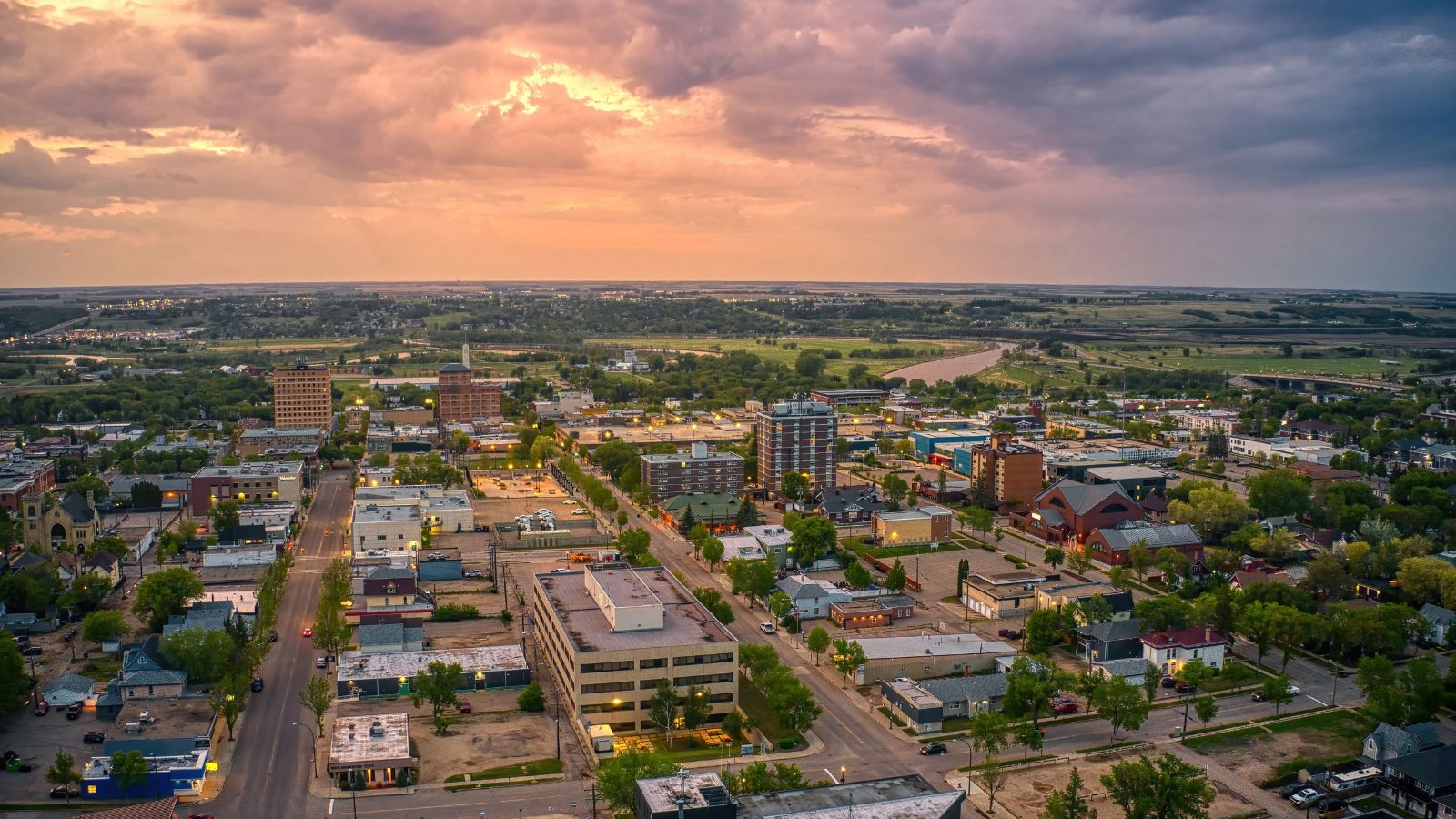
Brandon is one of Manitoba’s most affordable housing markets, with average prices near CA$310,000 in 2025. The city’s economy is diverse, with strengths in agriculture, education, health care, and manufacturing. First-time buyers will find detached homes and townhouses offering excellent value compared to Winnipeg. Brandon’s lower cost of living, combined with quality schools and community amenities, makes it appealing for young families. Its small-city charm is complemented by access to regional parks and cultural events. Affordable prices and stable employment opportunities make Brandon an accessible and practical choice for those entering the housing market.
Sault Ste. Marie, Ontario
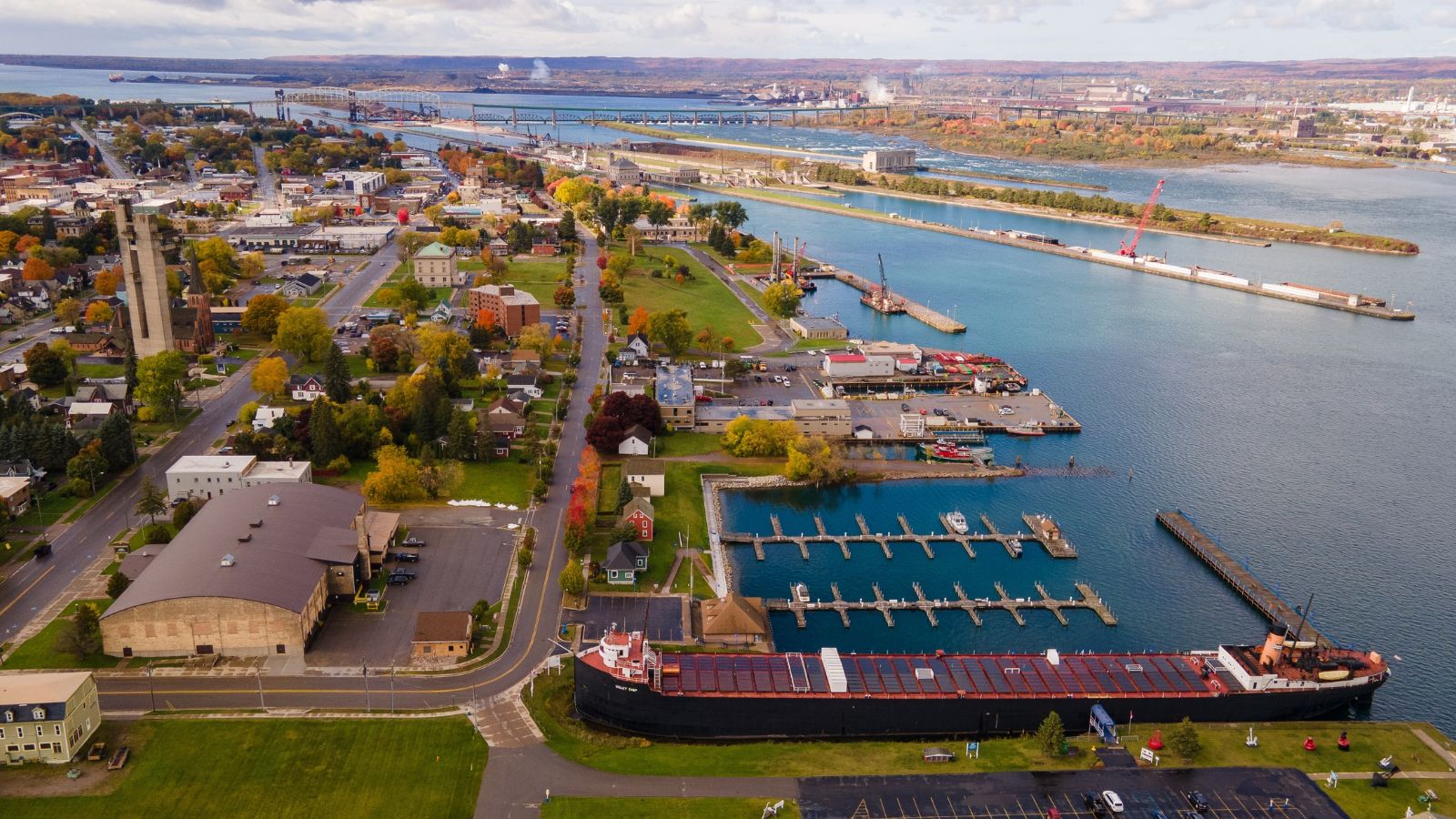
Sault Ste. Marie offers average home prices around CA$320,000 in 2025, making it one of Ontario’s most affordable markets for first-time buyers. The city’s economy is driven by steel manufacturing, forestry, and tourism. Housing options include detached homes, duplexes, and waterfront properties at prices well below the provincial average. Sault Ste. Marie’s location on the US border provides unique cross-border business opportunities, and its proximity to lakes and parks appeals to outdoor enthusiasts. Affordable living costs, combined with ongoing infrastructure improvements, make this city a strong contender for buyers seeking value in northern Ontario.
Guelph, Ontario
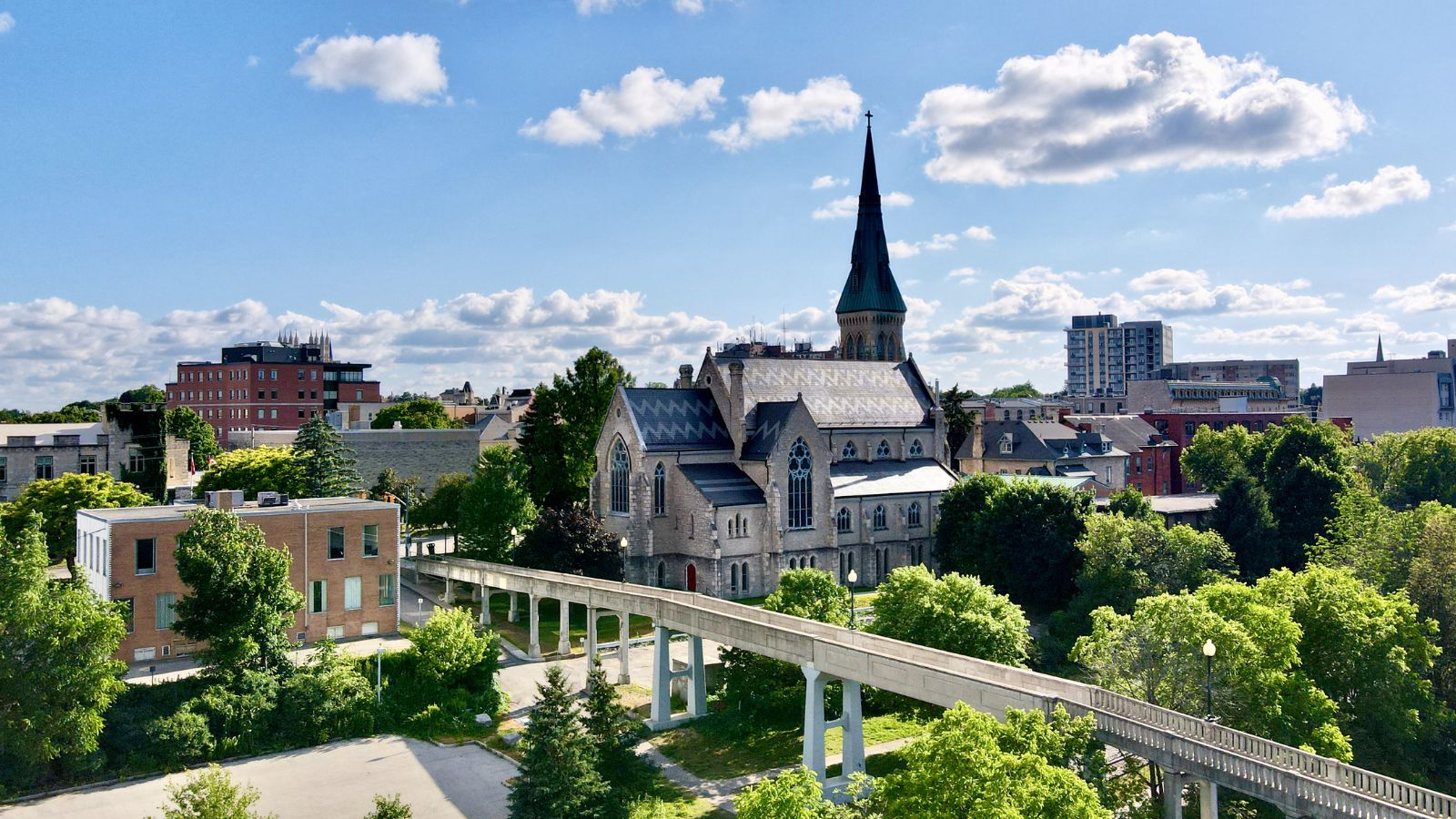
Guelph combines a high quality of life with relatively affordable housing in southern Ontario, averaging CA$750,000 in 2025, which is still lower than Toronto’s market. Known for its strong economy, driven by education, manufacturing, and agri-food sectors, Guelph offers stable employment opportunities. Buyers can find townhouses, condos, and detached homes in safe, well-planned neighbourhoods. The city’s focus on sustainability, green spaces, and community development adds appeal. While prices are higher than in smaller cities, Guelph’s slower growth in housing costs and strong long-term value make it a practical option.
Barrie, Ontario
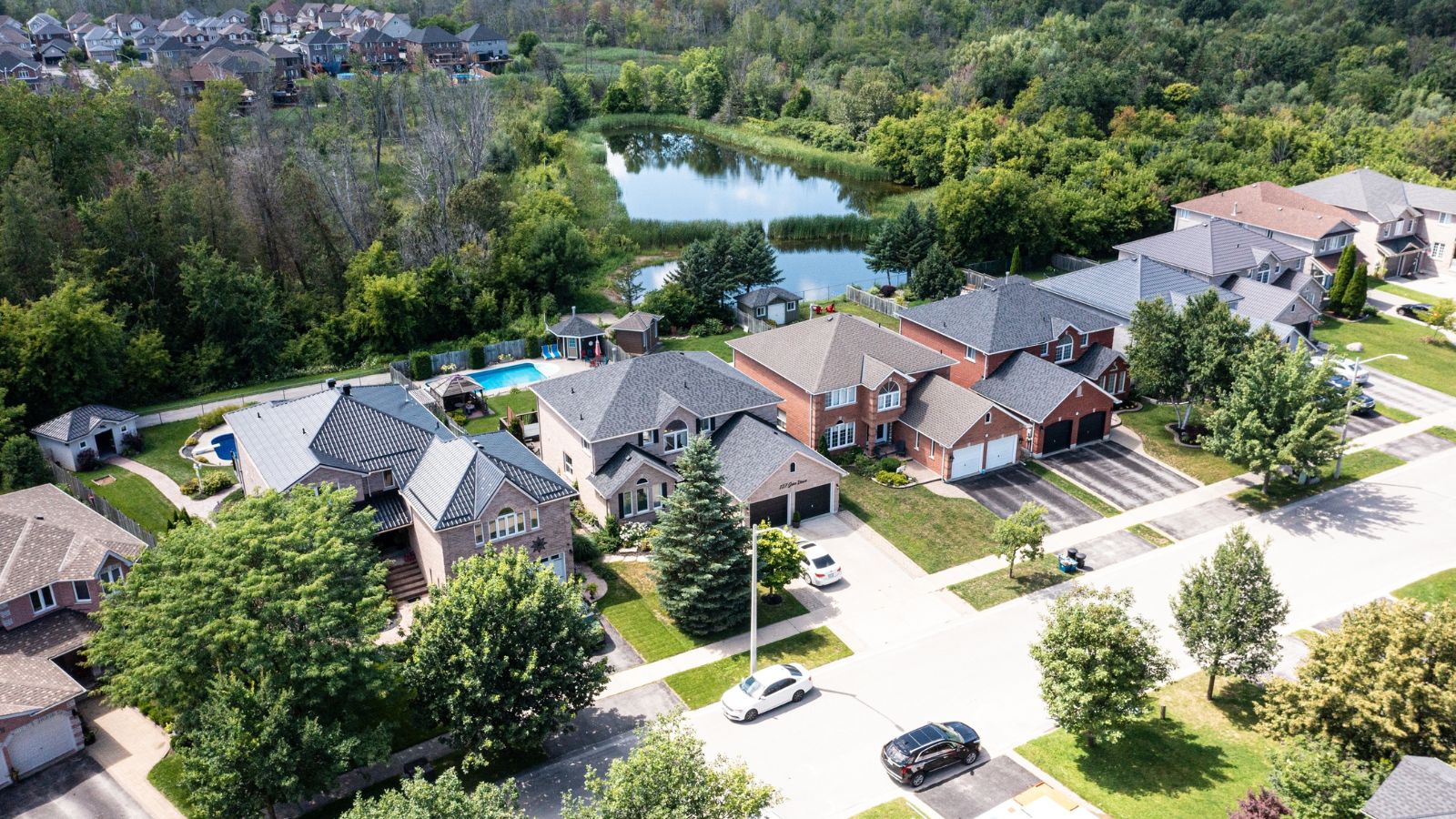
Barrie offers a growing housing market with average prices around CA$700,000 in 2025, still more affordable than the Greater Toronto Area. Located along Lake Simcoe, Barrie combines scenic living with commuter access to Toronto via GO Transit. The economy is supported by manufacturing, retail, and tourism, and the city is experiencing steady population growth. Buyers can find condos, townhomes, and single-family houses in both established and developing neighbourhoods. While prices have risen in recent years, they remain competitive compared to southern Ontario hotspots, making Barrie an appealing market for first-time buyers prioritizing both location and lifestyle.
Peterborough, Ontario
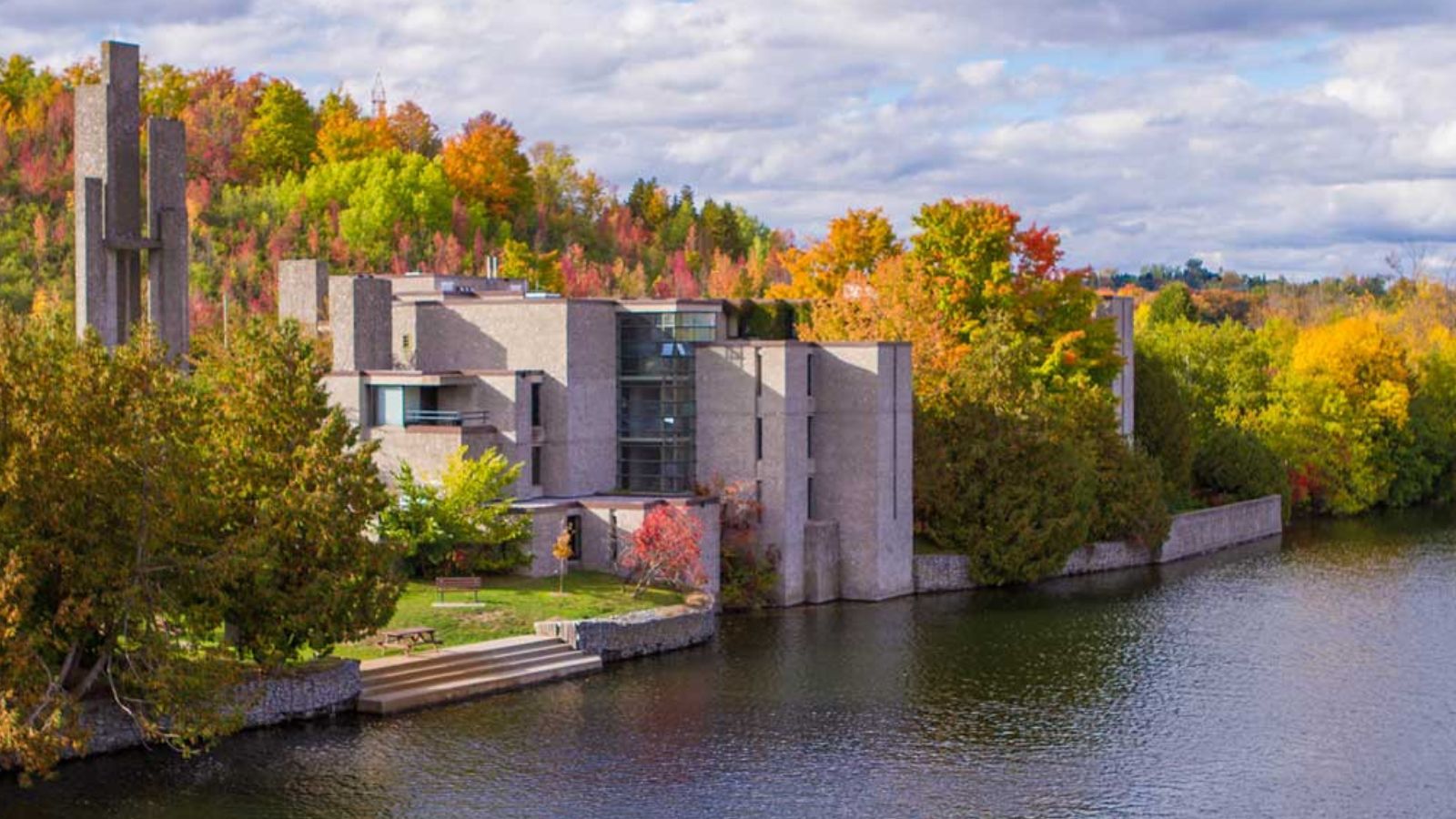
Peterborough offers an appealing mix of affordability and accessibility, with average home prices near CA$640,000 in 2025, below many Greater Toronto Area markets. Located about 90 minutes from Toronto, it has become a popular choice for commuters and remote workers. The city’s economy is supported by education, manufacturing, and health care. Buyers can find detached homes, townhouses, and condos in walkable neighbourhoods. Peterborough’s scenic location along the Otonabee River and access to the Kawartha Lakes region provide a high quality of life.
Montreal, Quebec

Montreal remains one of Canada’s most vibrant and culturally rich cities, with average home prices around CA$550,000 in 2025, offering better affordability than Toronto or Vancouver. The city’s economy spans technology, finance, education, and creative industries, providing diverse employment options. First-time buyers can explore historic triplexes, modern condos, or family homes in suburban boroughs. Montreal’s strong public transit, world-class dining, and arts scene add to its appeal. While property taxes can be higher than in some cities, overall costs remain competitive.
Regina, Saskatchewan
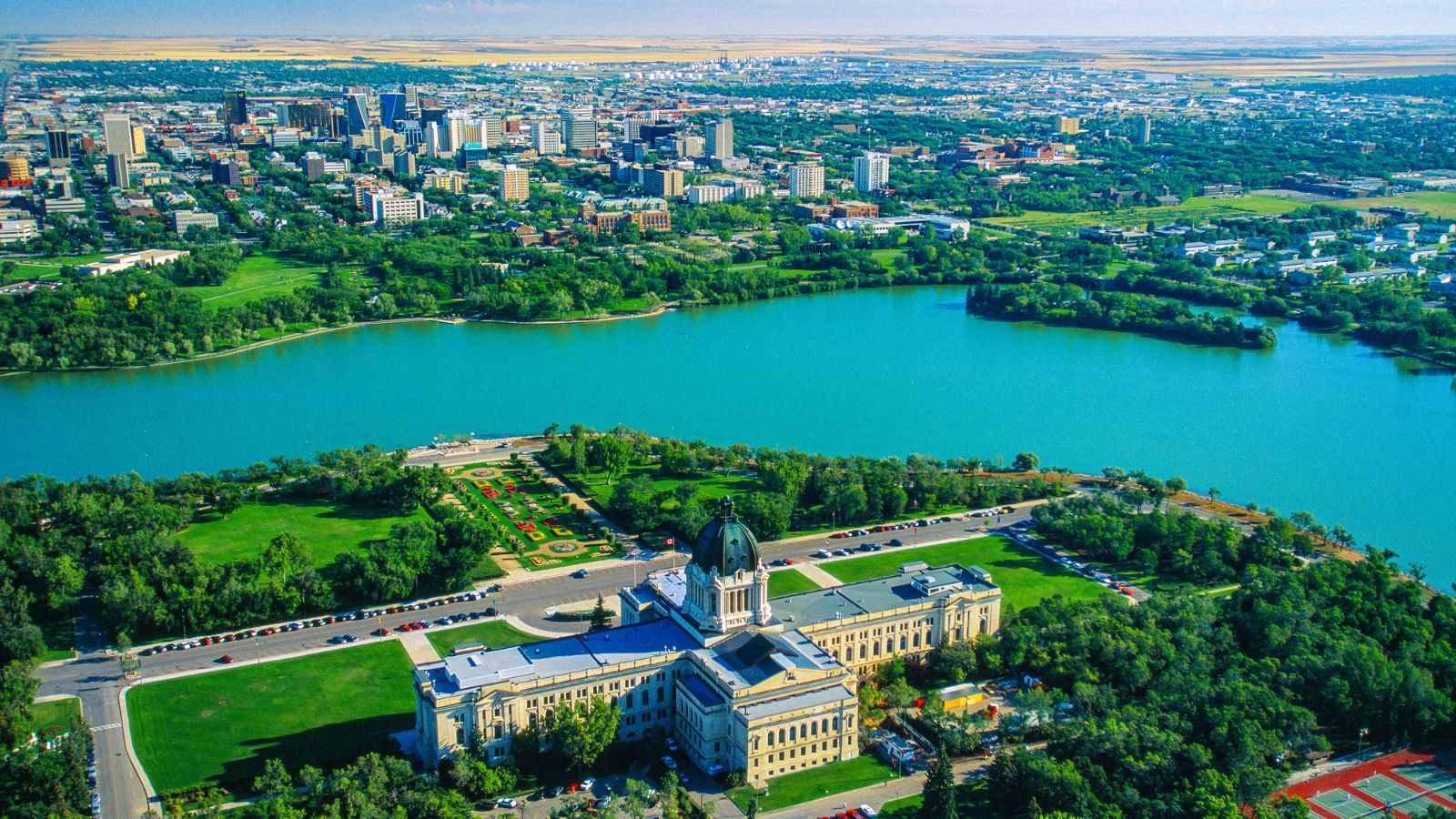
Regina offers some of the most affordable housing among Canada’s major cities, with average prices near CA$330,000 in 2025. The city’s economy is supported by agriculture, energy, and government services, ensuring job stability. First-time buyers can find spacious single-family homes, townhouses, and condos at prices well below the national average. Regina boasts a strong sense of community, ample green space, and modern infrastructure. Its manageable size and low commute times make it attractive for families and professionals alike. With its affordable market and solid economic base, Regina offers excellent value for those entering the housing market.
Hamilton, Ontario
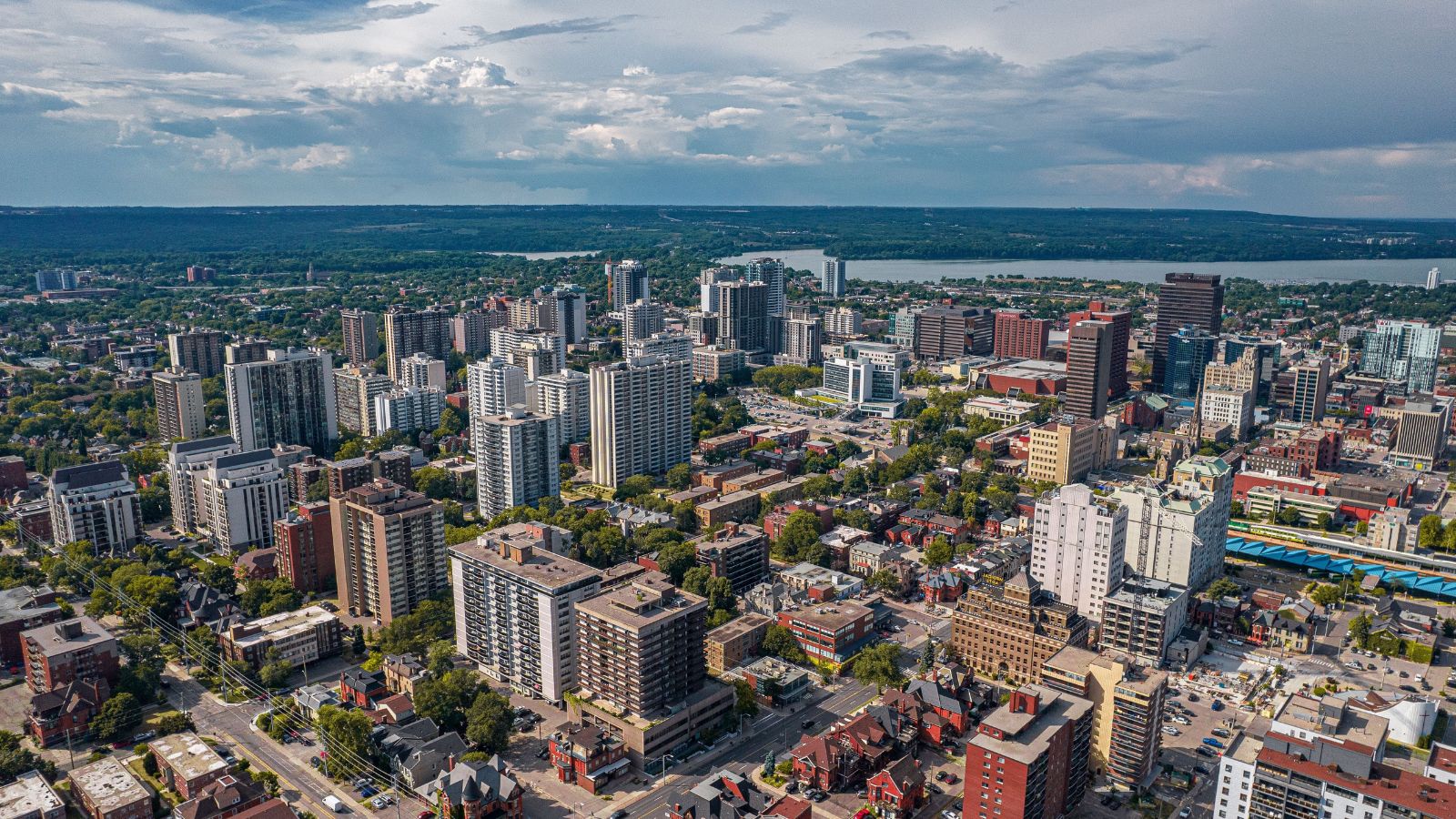
Hamilton has evolved into one of Ontario’s most desirable alternatives to Toronto, with average home prices around CA$770,000 in 2025, still lower than the Greater Toronto Area average. The city benefits from substantial employment in health care, education, manufacturing, and the growing tech sector. First-time buyers can find character homes, townhouses, and modern condos across diverse neighbourhoods. Hamilton’s revitalized downtown, waterfront redevelopment, and proximity to natural attractions like the Niagara Escarpment add lifestyle appeal. Excellent GO Transit links make commuting to Toronto feasible.
21 Products Canadians Should Stockpile Before Tariffs Hit

If trade tensions escalate between Canada and the U.S., everyday essentials can suddenly disappear or skyrocket in price. Products like pantry basics and tech must-haves that depend on are deeply tied to cross-border supply chains and are likely to face various kinds of disruptions
21 Products Canadians Should Stockpile Before Tariffs Hit
